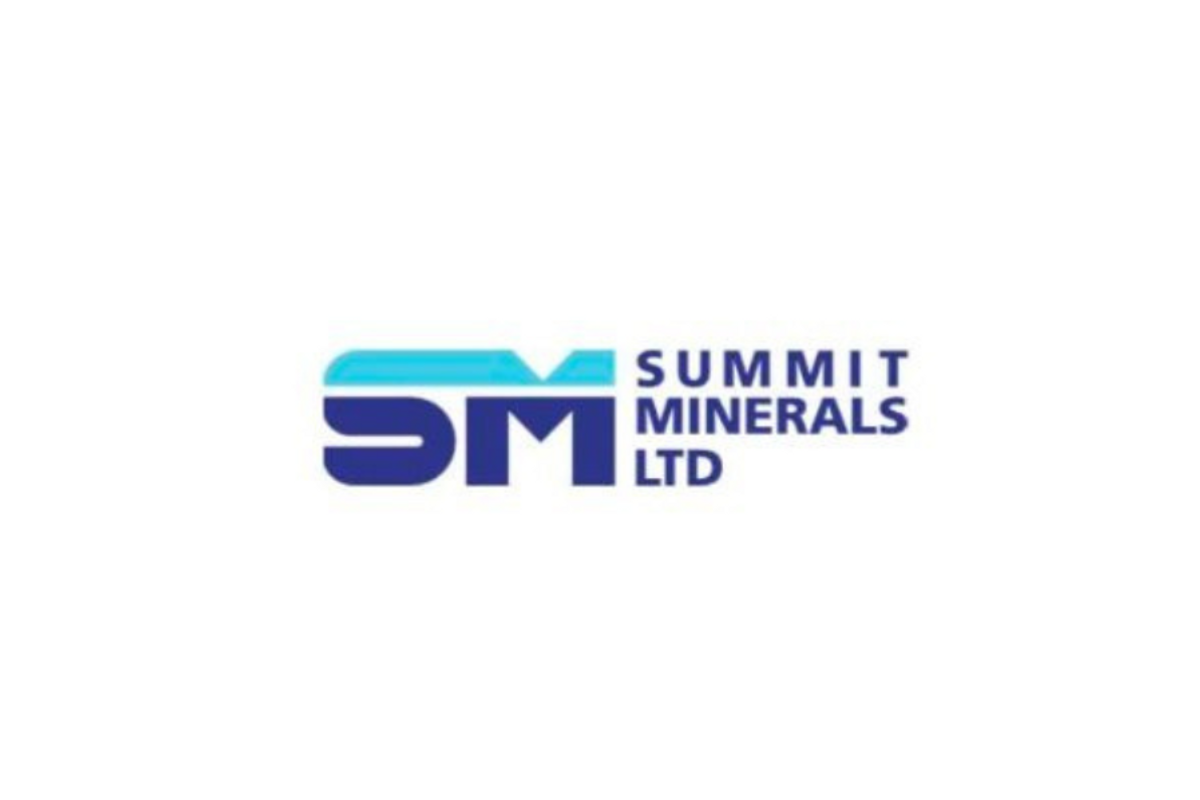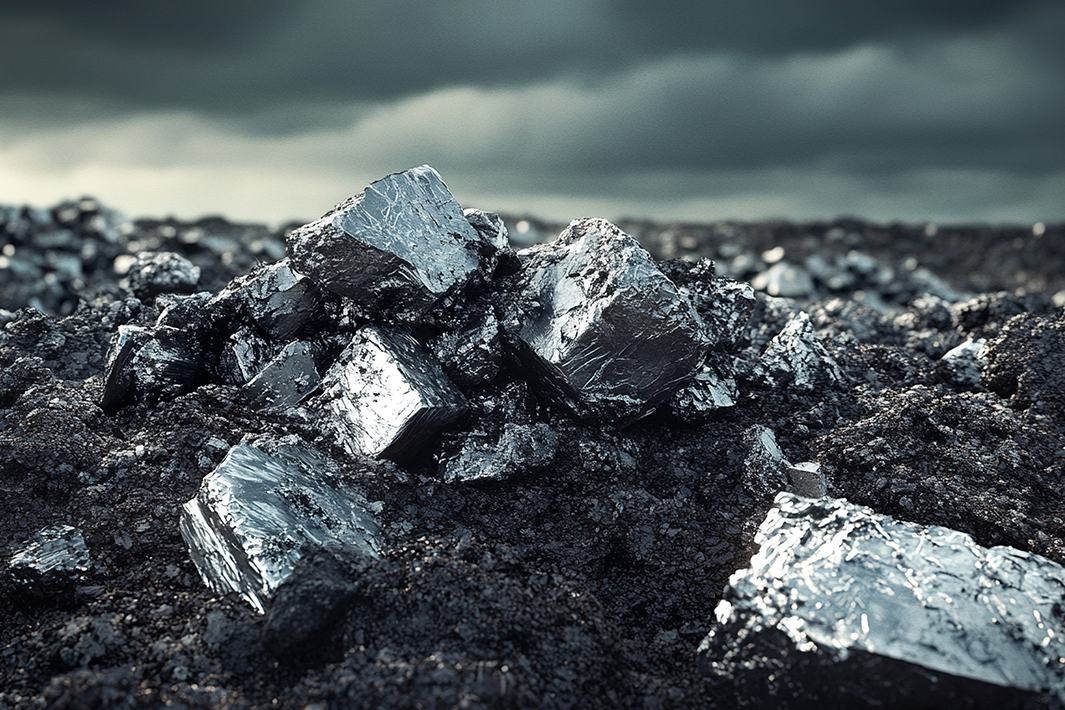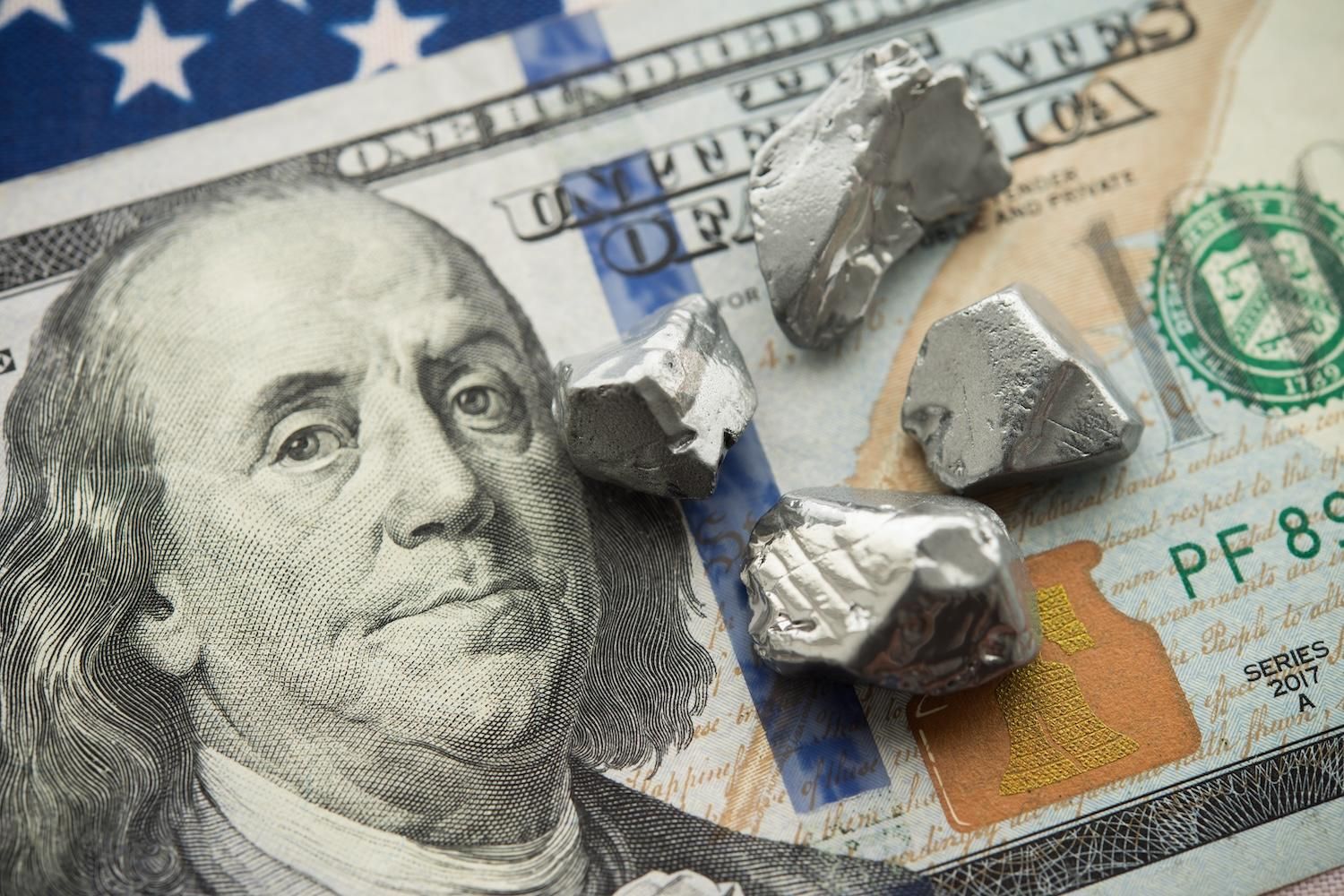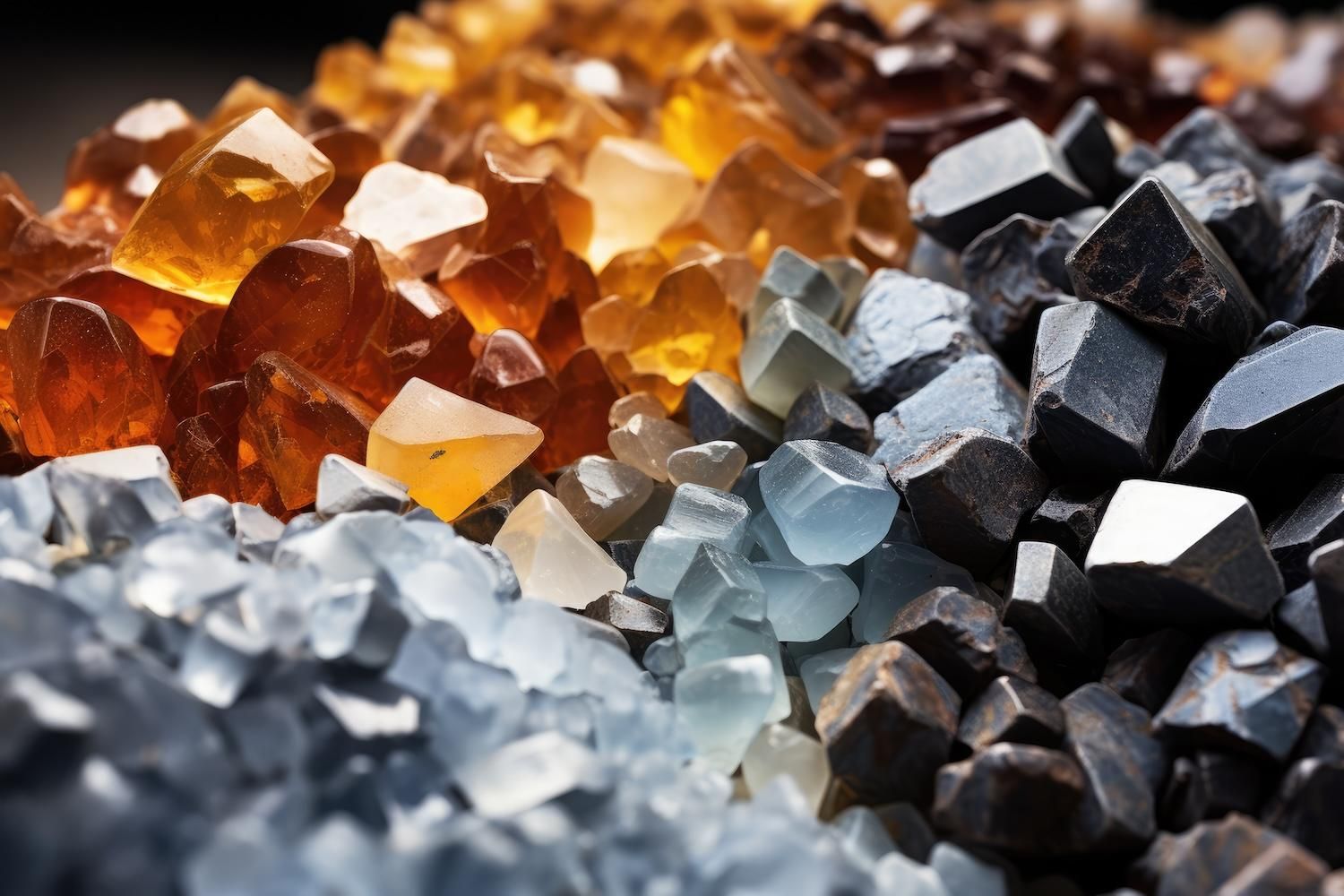
July 11, 2024
Summit Minerals Limited (ASX: SUM) (“Summit” or the “Company”) is pleased to invite shareholders and investors to a webinar on Tuesday, 16 July 2024 at 11:00am AEST / 9:00am AWST, where Summit’s Managing Director, Gower He and Chief Geologist, Stuart Peterson will provide a Company update.
Details of the event are as follows:
Event: SUM Investor Webinar
Presenters: Managing Director, Gower He and Chief Geologist, Stuart Peterson
Time: Tuesday, 16 July 2024 at 11:00am AEST / 9:00am AWST
Where: Zoom Webinar, details to be provided upon registration. To register your interest for the webinar, please click through to the link below.
Registration link:
https://janemorganmanagement-au.zoom.us/webinar/register/WN_4pAIB5lSTL25B-DBSlWbFw
After registering your interest, you will receive a confirmation email with information about joining the webinar. Participants will be able to submit questions via the Panel throughout the presentation, given this is a pre-recorded webinar we highly encourage attendees to send through questions via email beforehand to jm@janemorganmanagement.com.au.
This announcement has been approved by the Board of Directors.
Click here for the full ASX Release
This article includes content from Summit Minerals Limited, licensed for the purpose of publishing on Investing News Australia. This article does not constitute financial product advice. It is your responsibility to perform proper due diligence before acting upon any information provided here. Please refer to our full disclaimer here.
The Conversation (0)
16 December
Policy Shift Sparks Renewed Interest in Rare Earths Stocks
Rare earths stocks have gained renewed investor attention following recent policies that sharpen the US government's focus on securing critical minerals supply chains. In early 2025, the Trump administration signaled stronger commitments to reduce American reliance on China for rare earth... Keep Reading...
15 December
ReeXploration Announces $1,000,000 Private Placement
Capital raise supports upcoming drill program targeting newly identified uranium system along Namibia's premier uranium corridorReeXploration Inc. (TSXV: REE) (FSE: K2I0) ("ReeXploration" or the "Company") is pleased to announce a private placement for aggregate gross process of up to $1,000,000... Keep Reading...
12 December
ReeXploration Announces Field Program Results Confirming Large-Scale Uranium Target at Eureka, Namibia
Ground radiometrics, soil geochemistry and mapping reinforce the potential for a Rossing-style system beneath shallow coverReeXploration Inc. (TSXV: REE) (FSE: K2I0) ("ReeXploration" or the "Company") is pleased to announce results from its uranium field program, which provide strong support for... Keep Reading...
09 December
Pensana Secures US$100 Million Investment for US Mine-to-Magnet Plan
Rare earths-focused Pensana (LSE:PRE,OTC Pink:PNSPF) reported on Tuesday (December 9) that it has concluded a US$100 million subscription with a strategic investor.According to the company, the deal underpins its broader mine-to-magnet strategy in the US.The unnamed investor subscribed for 95... Keep Reading...
07 December
U.S. Investors Lead Oversubscribed $17m Placement
Locksley Resources (LKY:AU) has announced U.S. Investors Lead Oversubscribed $17m PlacementDownload the PDF here. Keep Reading...
04 December
ABx Receives First Mixed Rare Earth Carbonate Sample from Deep Leads
ABx Group (ASX:ABX) said the Australian Nuclear Science and Technology Organisation (ANSTO) has produced the first mixed rare earth carbonate (MREC) sample from the Deep Leads resource in Northern Tasmania.A Tuesday (December 2) press release states that the ANSTO sample contains 4 percent... Keep Reading...
Latest News
Interactive Chart
Latest Press Releases
Related News
TOP STOCKS
American Battery4.030.24
Aion Therapeutic0.10-0.01
Cybin Corp2.140.00




